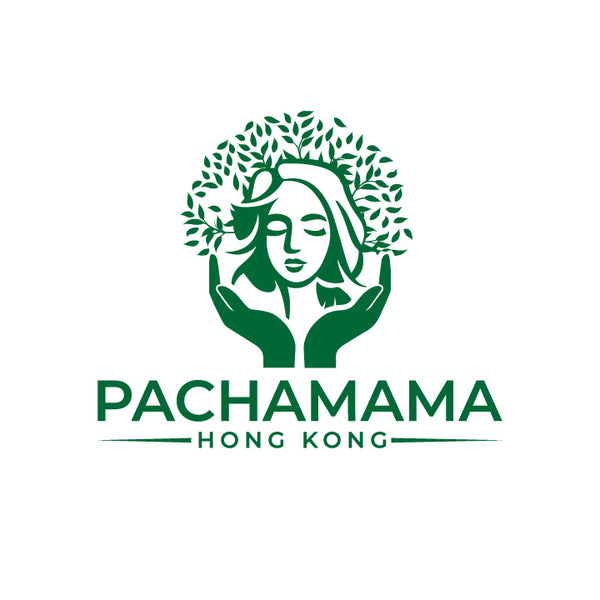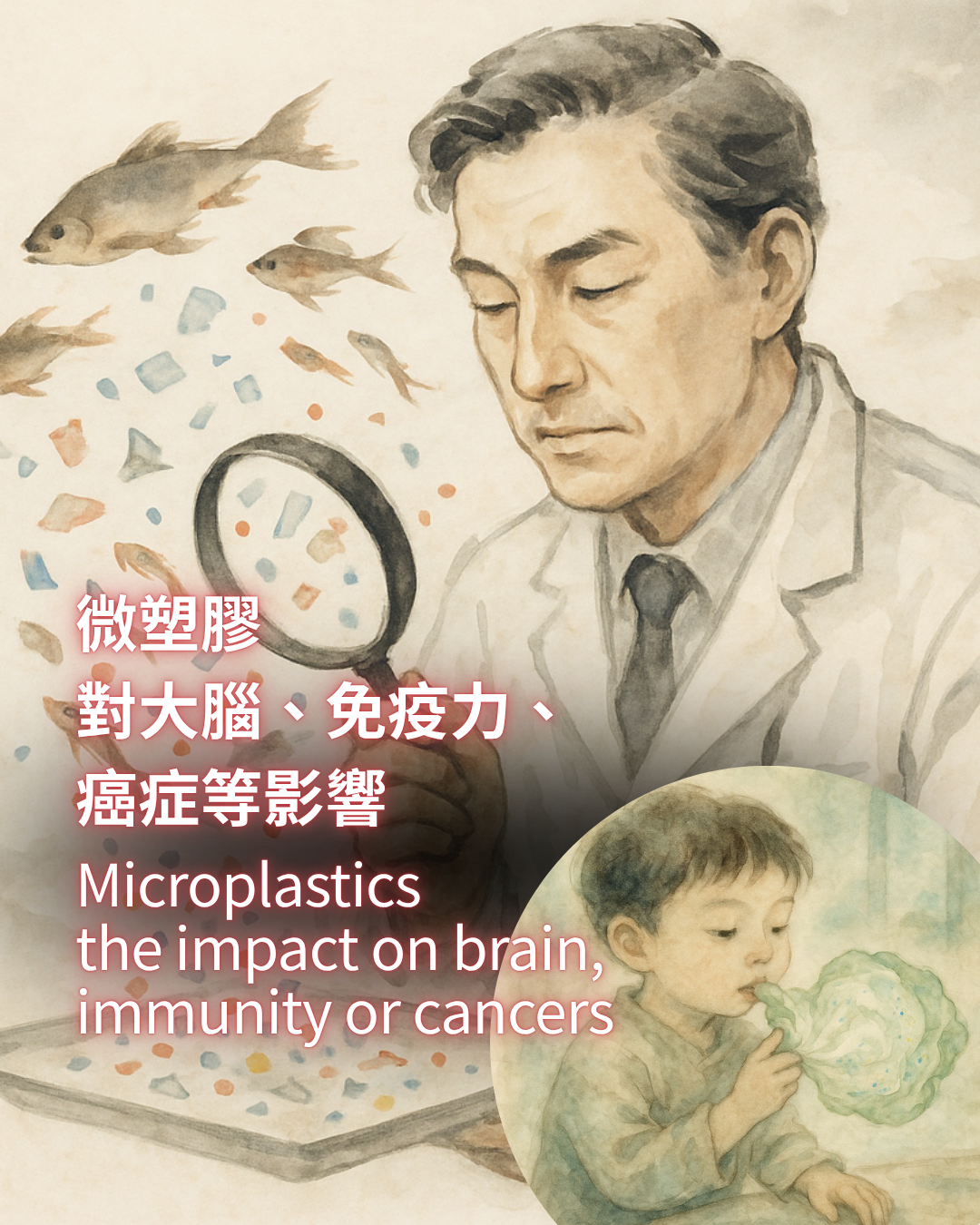How They Affect Our Health and Why Natural Food Sources Matter
Microplastics—tiny plastic particles less than 5 millimeters in size—have become a growing concern in our food supply. According to the U.S. Food and Drug Administration (FDA), microplastics and even smaller nanoplastics are now found in a wide range of foods, from seafood to table salt. But what does this mean for our health, and how can we make safer food choices?
How Do Microplastics Get Into Our Food?
Microplastics enter the food chain through various pathways. They are present in oceans, rivers, and soil, often as a result of plastic waste breaking down over time. Marine animals, such as fish and shellfish, can ingest these particles, which then make their way onto our plates. Even land-based foods, including fruits and vegetables, can be contaminated through polluted water or soil.
Can Microplastics Affect Our Brain?
While research is still ongoing, scientists are increasingly concerned about the potential health effects of microplastics. The FDA notes that studies have shown microplastics can accumulate in the bodies of animals, and there is evidence that very small particles—nanoplastics—can cross biological barriers. Some animal studies suggest that nanoplastics may reach the brain, potentially causing inflammation or other neurological effects. However, more research is needed to fully understand the risks to humans.
Why Choosing Natural, Authentic Food Sources Matters
One way to reduce exposure to microplastics is to seek out food from less polluted, more pristine environments. For example, regions like Peru are known for their rich biodiversity and relatively unspoiled natural resources. Foods sourced from such areas may have lower levels of contamination, offering a more authentic and potentially safer option for consumers. However, it’s important to remember that no place on Earth is completely free from pollution, and microplastics have been detected even in remote locations.
What Can Consumers Do?
While it’s impossible to eliminate all exposure to microplastics, there are steps you can take to minimize your risk:
- Choose food from trusted, reputable sources with transparent supply chains.
- Support sustainable and environmentally friendly food producers.
- Reduce your own plastic use to help limit future contamination.
- Stay informed about new research and recommendations from organizations like the FDA.
Conclusion
Microplastics in food are a real and growing concern, with potential impacts on our health—including our brains. While natural and authentic food sources, such as those from Peru, may offer some protection, vigilance is still necessary. By making informed choices and supporting sustainable practices, we can help protect both our health and the environment.
For more information, visit the FDA’s official page on microplastics in foods.

